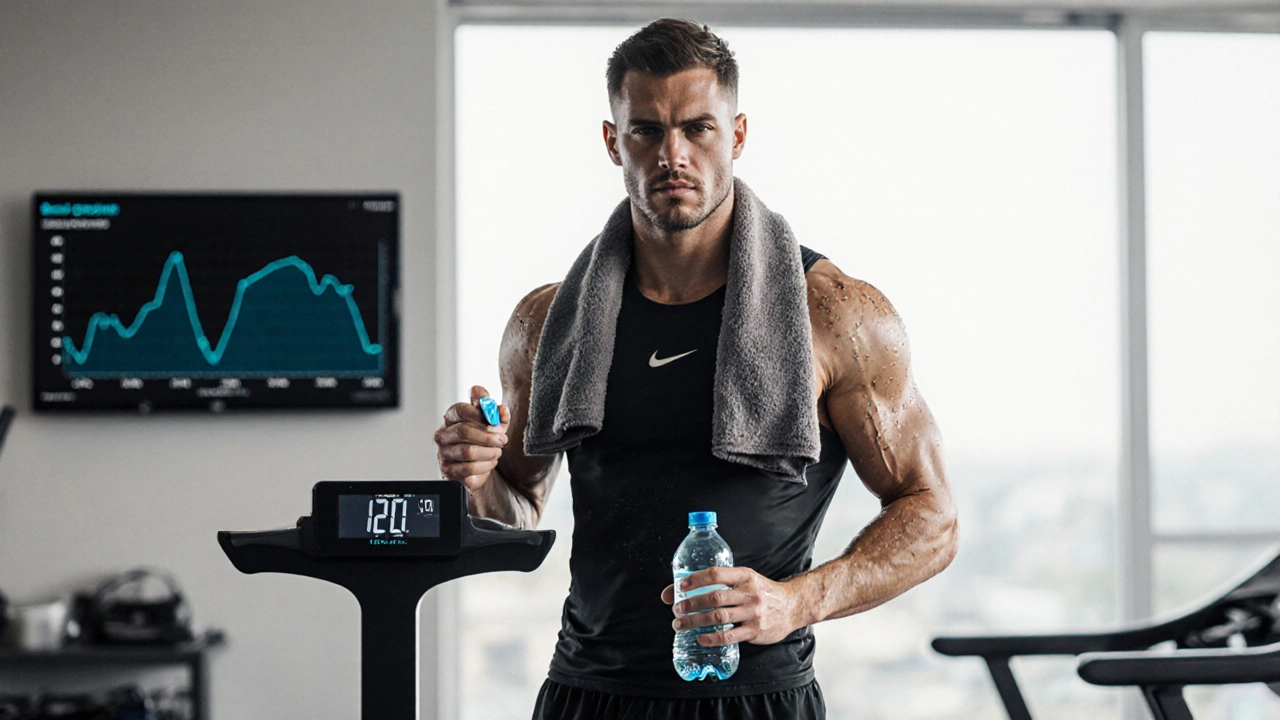
How to Prevent Hyponatremia in Athletes: Proven Tips and Tricks
Learn practical steps to stop hyponatremia in athletes, from calculating sweat loss to choosing the right electrolytes, with real‑world tips, a comparison table, and FAQs.
When your blood sodium falls below normal, you’re dealing with hyponatremia, a condition where the balance of water and sodium in your body gets disrupted. Also known as low sodium, it’s not just a lab number—it can make you feel dizzy, nauseous, or even confused. Sodium isn’t just table salt. It’s a key electrolyte that helps your nerves, muscles, and heart work right. When water builds up in your blood and dilutes sodium, things go sideways fast.
This isn’t rare. People on certain medications, like diuretics, antidepressants, or painkillers often develop it. So do those who drink too much water during a marathon or have kidney, heart, or liver problems. Even some cancers and thyroid issues can throw off your sodium balance. It’s not always about what you eat—it’s about what your body can’t handle anymore.
Some folks don’t feel a thing until it’s serious. Others get headaches, vomiting, or muscle cramps. In extreme cases, seizures or coma can happen. The tricky part? Many doctors miss it because the symptoms look like the flu, stress, or aging. If you’re on meds that list "low sodium" as a side effect, or you’ve been drinking gallons of water trying to "detox," you should get tested.
The good news? Most cases are fixable once you know the cause. Sometimes it’s as simple as cutting back on fluids. Other times, you need to adjust a drug or treat an underlying condition like adrenal insufficiency or SIADH. But you can’t treat what you don’t diagnose. That’s why understanding your risk matters.
Below, you’ll find real-world guides that connect hyponatremia to the drugs, habits, and health issues that cause it. From how antidepressants mess with sodium to why kidney meds need monitoring, these posts give you the facts—not just theory. You’ll see what actually works, what to watch for, and how to talk to your doctor before it gets dangerous.

Learn practical steps to stop hyponatremia in athletes, from calculating sweat loss to choosing the right electrolytes, with real‑world tips, a comparison table, and FAQs.